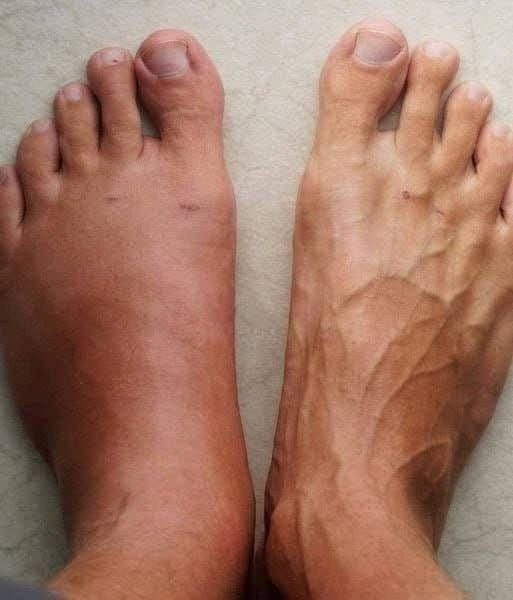
Chin hair growth is a completely natural phenomenon experienced by both men and women, though its appearance and thickness can vary widely depending on individual biology. This difference is largely driven by the body’s hair growth cycle and hormonal activity—particularly the influence of androgens, a group of male hormones present in varying levels in all humans.
Hair on the chin, like all body hair, follows a three-stage growth cycle. The first stage, known as the anagen phase, is when the hair is actively growing. During this period, the follicle remains connected to the blood supply, receiving nutrients and oxygen needed for growth. This phase can last months or even years, depending on genetics, and determines how long the hair can grow. Next comes the catagen phase, a brief transitional stage lasting just a few weeks. During this time, the follicle detaches from its blood supply, halting growth and beginning to shrink. Finally, the telogen phase is a resting stage that lasts for several months. The hair remains in place until it eventually sheds, making room for a new strand to grow as the cycle begins again.
While the hair growth cycle plays a central role, hormones—especially androgens—greatly influence the visibility and coarseness of chin hair. In men, higher levels of testosterone naturally lead to more pronounced facial hair. In women, however, noticeable chin hair may be the result of elevated androgen levels or increased sensitivity to them. This condition, known as hirsutism, can develop due to natural hormonal shifts during puberty, pregnancy, or menopause, or from medical conditions such as Polycystic Ovary Syndrome (PCOS) or adrenal gland disorders.
Even in healthy women without underlying conditions, chin hair can become more prominent with age. As estrogen levels decline—particularly after menopause—the hormonal balance shifts, often leading to thicker or more visible facial hair.
Ultimately, chin hair growth is governed by a combination of natural biological processes and hormonal influence. While the hair growth cycle determines how hair grows and falls out, hormones impact how dark, coarse, or widespread it becomes.
For some, chin hair may simply be a cosmetic concern, manageable through methods like plucking, waxing, or laser treatments. However, if growth is sudden or excessive, it may indicate a hormonal imbalance and should be discussed with a healthcare provider. With the right understanding and care, chin hair growth can be addressed confidently and effectively.


